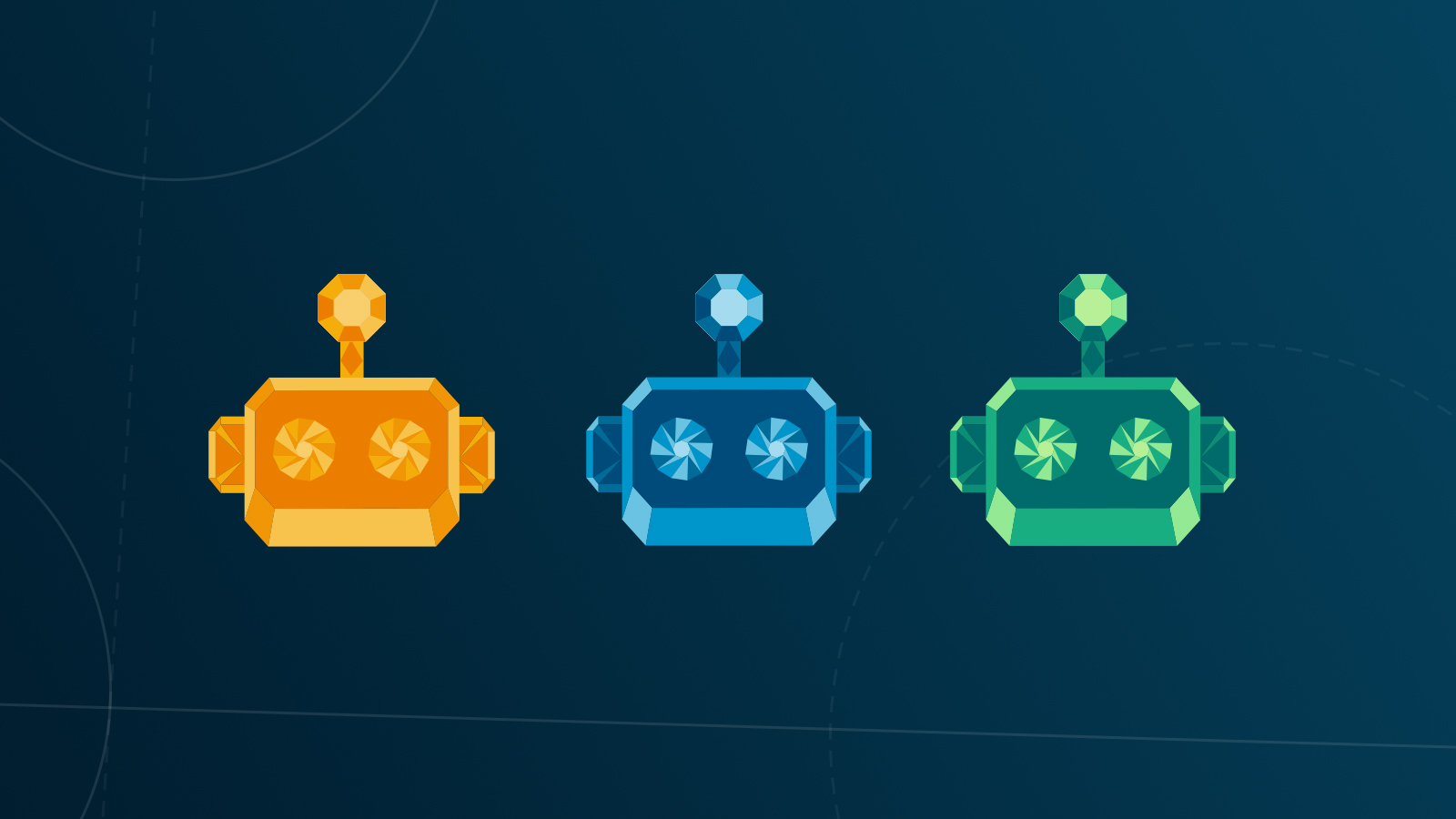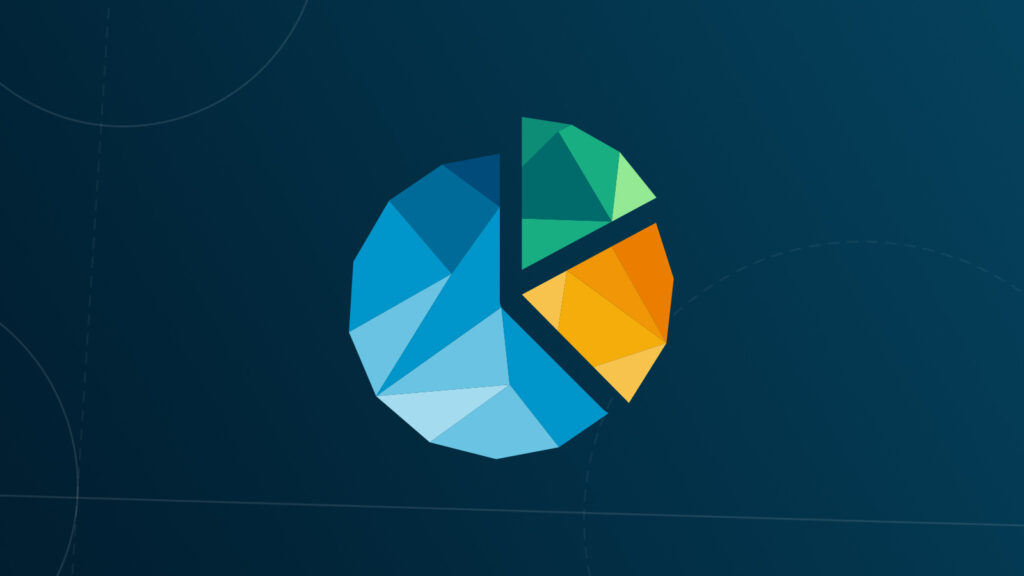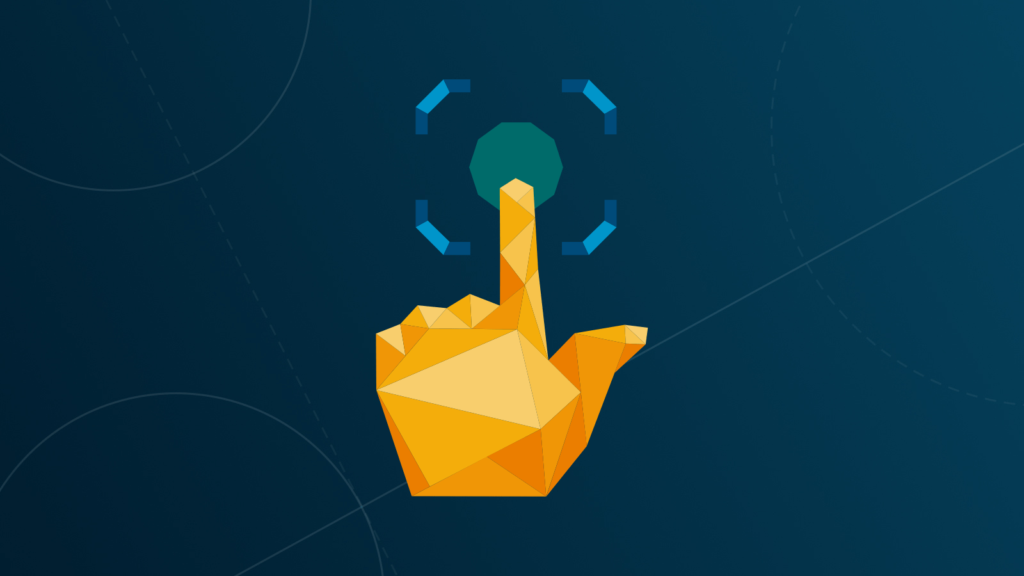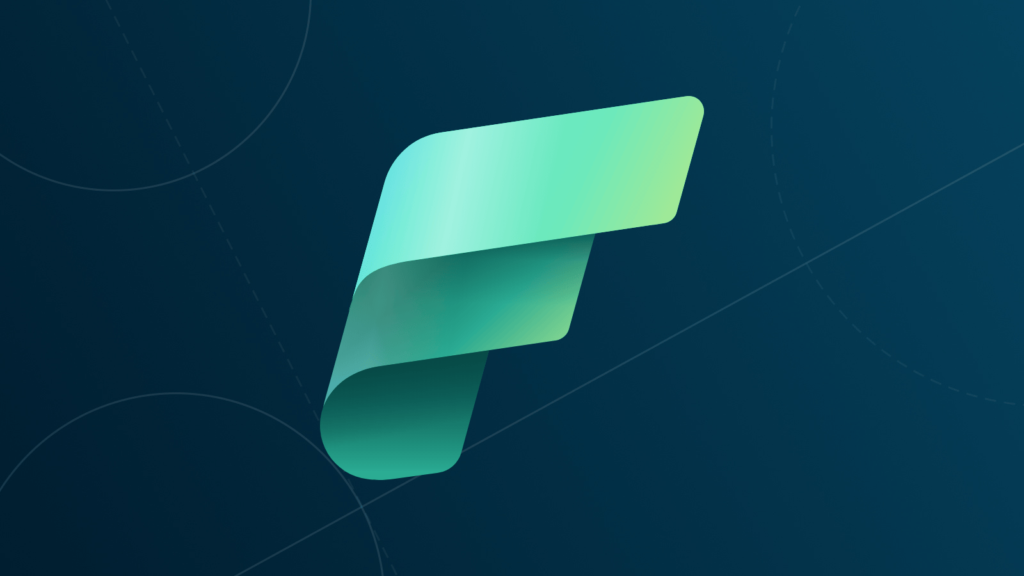
In the final part of this three-part blog series on Agentic AI, we outline 6 Key considerations before you get started. If you missed them, part one provided an introduction to Agentic AI, while part two looked at how Azure AI Foundry Agent Service can help you get started.
In one respect, getting started with Agentic AI couldn’t be easier. Create an Azure AI Foundry project in your Azure subscription, and off you go.
But we see this time and time again with new technologies. A lot of time and effort goes into exploration and experimentation, and its largely wasted. That’s because the experimental uses aren’t aligned to driving business value – and since the experiments don’t deliver business value, things don’t go much further.
So, before diving head-first into Agentic AI, it’s wise to take a step back and consider some of the bigger issues. Agentic AI is a fundamental shift in how decisions are made, tasks are executed, and systems evolve.
These six key areas of consideration will help you to embark on your use of Agentic AI responsibly and effectively.
1: Strategy first
Define clear goals: Understand your organisation’s business challenges – whether it’s automating customer service, optimising logistics, or improving sales processes. Most departmental heads will share their workflow and process pains with you and Agentic AI works best with a well-scoped mission.
Prioritise pragmatically: Start with smaller problems – larger more ambitious ones can follow – that also enable tangible and measurable outcomes to be realised. This will also enable you to build trust.
Autonomy versus control: How does your organisation (more specifically, its leadership) feel about agents making decisions? How much oversight will they want? Azure AI Foundry Agent Service allows for both, but it’s important to define requirements and boundaries before you start work.
2: Technical readiness
Microsoft Azure: To use Azure AI Foundry Agent Service, you’ll need an Azure subscription with the right roles set up to create projects and agents. These will include Azure AI Account Owner, Contributor, and User.
Check infrastructure compatibility: Ensure that your systems can support agentic workflows. Consider which APIs, databases, or systems your agents will need to interact with and check that they can. Azure AI Foundry Agent Service supports over 1,400 Logic Apps, and has native integration with SharePoint, Fabric, and Azure Storage so this may not be an issue.
Evaluate data quality: AI agents need clean, structured, and relevant data to reason effectively: Garbage in, garbage out. In the short-term data quality may determine the type of workflow automations you can pursue. It may also dictate future initiatives around data quality.
Model selection: Agents rely on an underlying large language model and there’s a wide choice available withinAzure AI Foundry Agent Service. Your choices should be based on task complexity, latency tolerance, and cost profile – you can vary model choice by project based to suit these requirements.
3: Secure by design
Shift-left security: Integrate security from the word go. Consider the reputation of your provider, their security, how well it integrates with your security model, as well as data access, and tool permissions.
Set boundaries: Be clear which data agents can access, share, and retain. Build in constraints to prevent bias, misuse, or unintended consequences. There are many frameworks, like KPMG’s Trusted AI model, which can help.
4: The human touch
Design for collaboration: Your AI agents should be complementing and not replacing human judgment, so build interfaces that allow human guidance and intervention.
Training: As with any new technology, good training is important. Make sure that stakeholders and users understand how agents work, what they can and can’t do, and how to interact with them responsibly.
5: Governance
Set AI use policies: As well as setting boundaries, you should agree acceptable use cases – and since these will likely change over time, a review process – and escalation protocols. This should involve legal and operations as well as IT.
Accountability: Although Agentic AI can act, humans should remain accountable for outcomes, so decide who’s responsible for agent decisions.
Auditability and transparency: Ensure that agents’ actions and decisions are logged and that people know how to monitor, debug, and, if needed, intervene.
6: Skills development
Skills: Before you start playing with Agentic AI make sure that your dev team have the right skills. Although the Azure AI Foundry Agent Service makes experimentation relatively easy, they’ll need skills in Python, C#, TypeScript, Java, or REST.
Prompt engineering: To work well, it is critical that that agents have clear instructions and well-defined tools. Your dev team may benefit from specific training in this area.
Getting started: Azure AI Foundry Agent Service provides a range of Agent samples and quickstarts to accelerate development. As well as an Agent Playground that allows instructions, tools, and workflows to be tested.
Planning for success
Successful use of Agentic AI requires a considered approach. While some of these are straightforward checks and practical steps, others are more demanding ‘blank sheet of paper’ exercises that involve asking questions like ‘can this be fast-tracked?’ ‘What are others doing?’ ‘Why?’ ‘Are there ready-made good, or even best, practices I can follow?’ Only then will you be setting off on the right foot and heading towards Agentic AI success.
That wraps up our three-part blog series. Feel free to read back over blogs one and two, or if you’re ready to explore Agentic AI in more depth then you can request an introductory call with one of our subject matter experts to see how Cloud Direct help you successfully benefit from the use of it.




